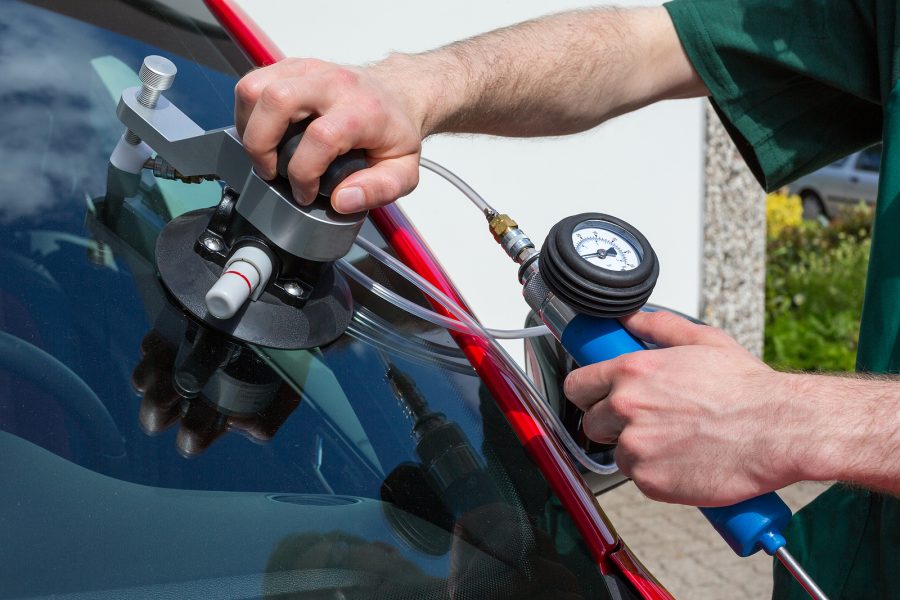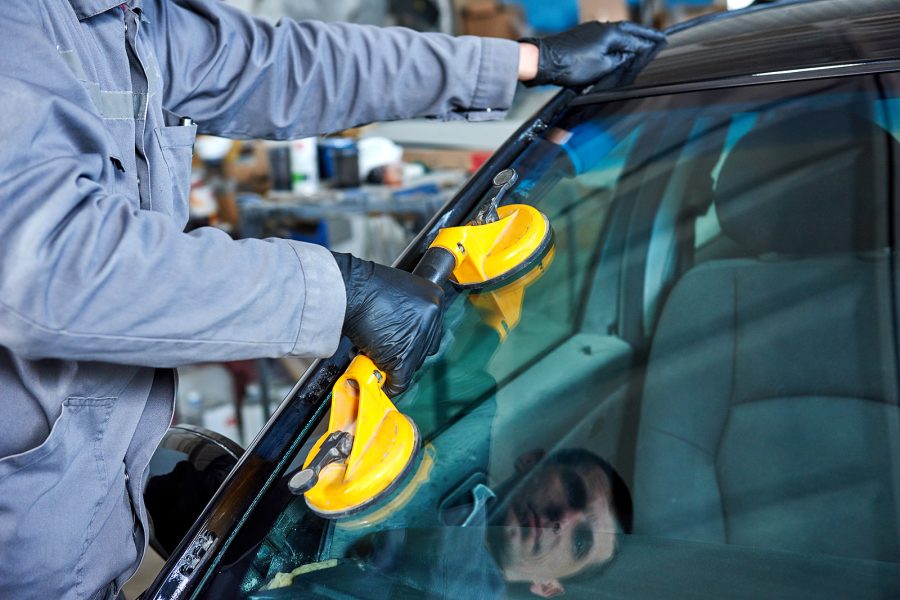Car windows have been one of the more fascinating canvases for technological development, from technologies that make them less prone to breaking and easier to repair when they do, to heating systems that stop them from fogging up and icing over, alongside many other design innovations.
Many of these innovations have been focused on the driver’s experience, either through ensuring that visibility is clear, windows are robust and help to protect passengers in the case of an accident rather than creating another potential hazard.
However, one notable exception to this was one of the most unusual and unique prototype window technologies ever developed in the form of Ford’s Feel The View window concept.
First announced in 2018 by Ford of Italy as part of a collaboration with GTB Roma and Aedo, Feel The View was a passenger window concept that allowed blind and partially sighted people to have a tactile sensation of the passing landscape.
It worked through haptic feedback, which takes the form of a series of vibrations of varying intensity that are projected onto the window surface.
The idea is that a passenger can press a thumbprint-shaped button on a box attached to the window, which will cause an attached camera to take a picture of the landscape and convert it into a grayscale image, before converting that into a series of vibrations.
The upshot of this is that someone can touch the window and feel this image, creating a way for people who cannot see the view to experience it.
Whilst welcomed by the Royal National Institute for the Blind and publicised in 2018, little seems to have come of the technology.
This is likely due to several practical considerations. The prototype had a box attached to the window with a wire leading into the roof of the car, something that would have been at best ill-advised in a production vehicle.
It does highlight, however, the fascinating developments that are taking place in car window technology, ones that transcend the glass itself.









